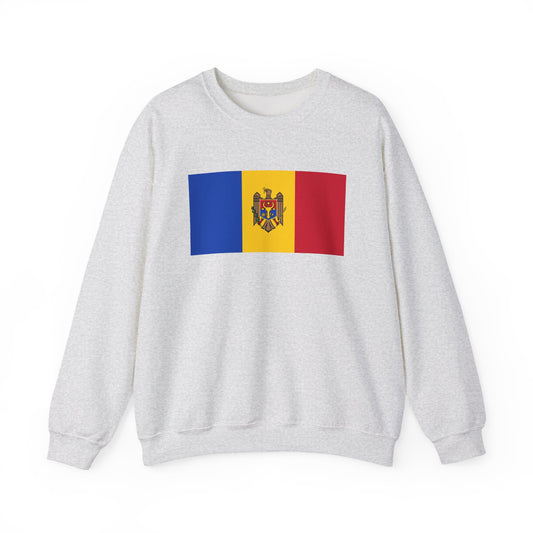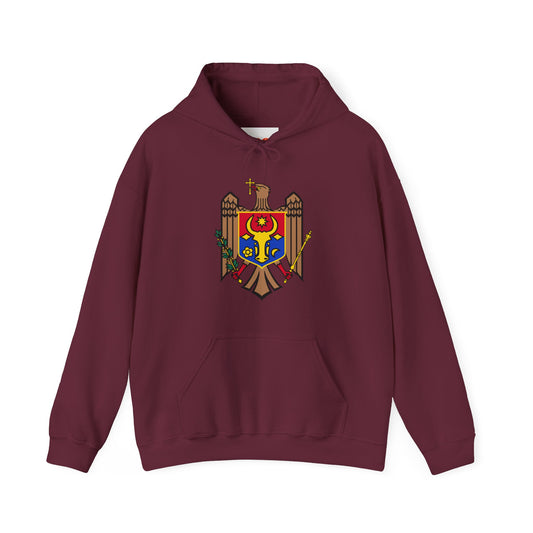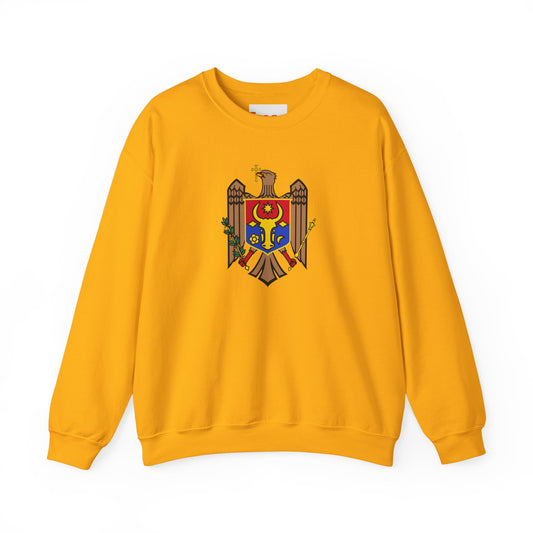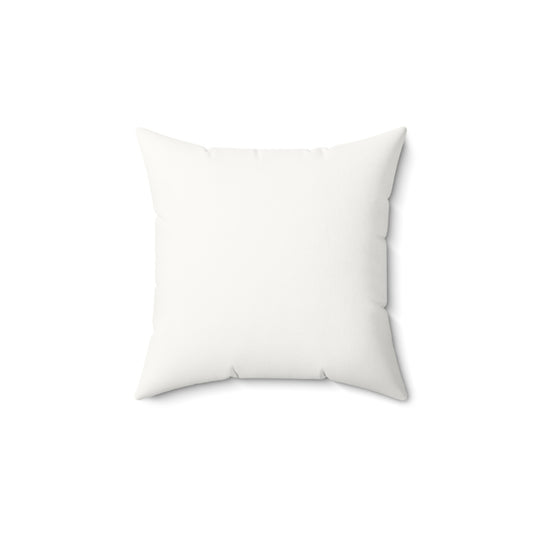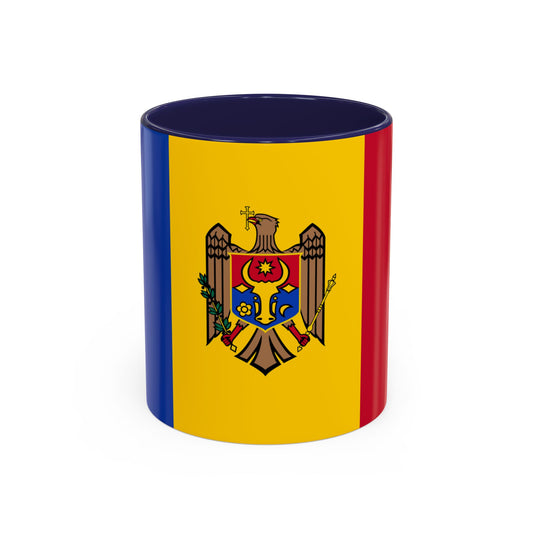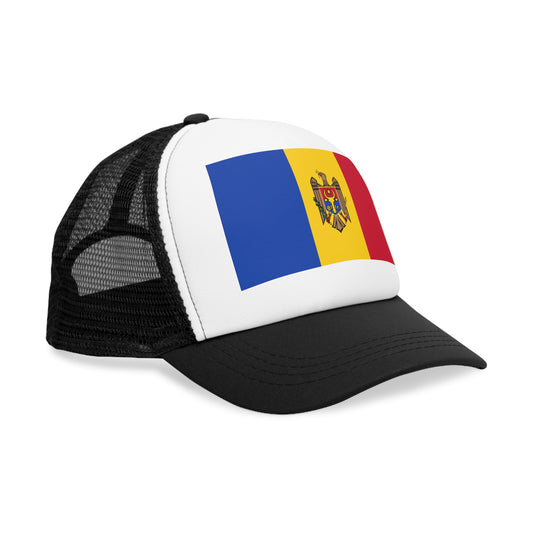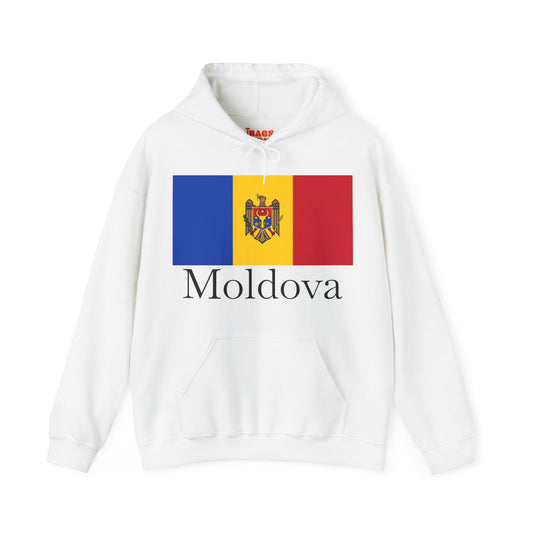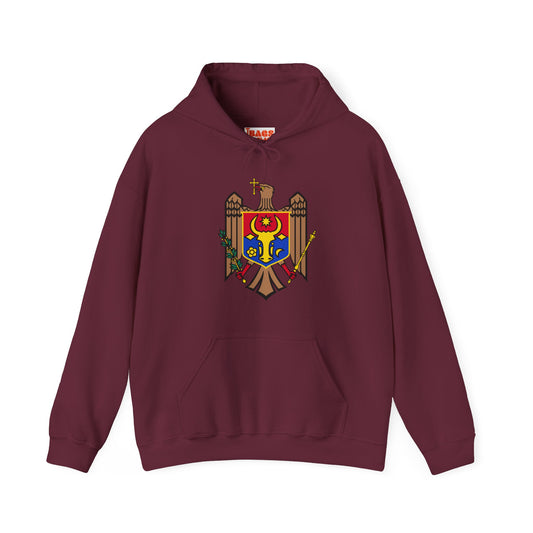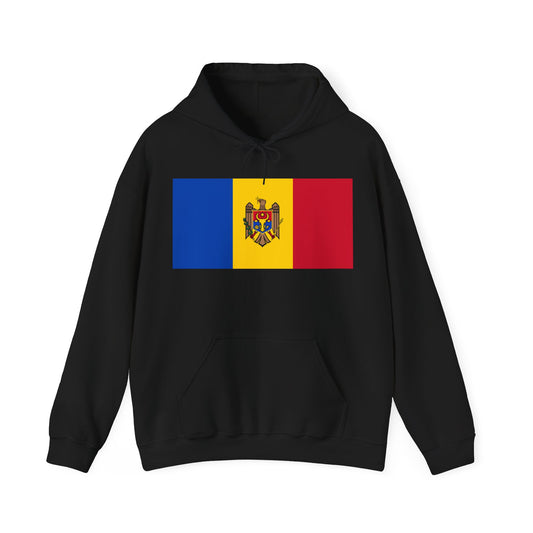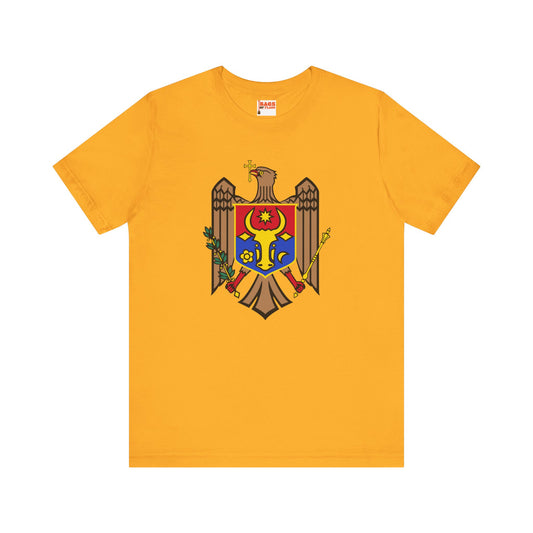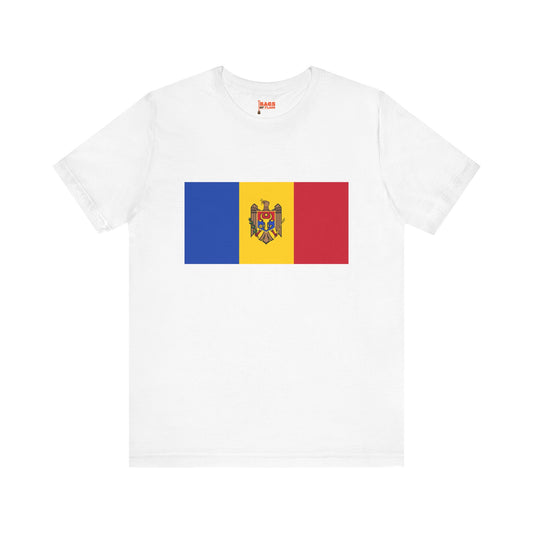-
Moldova Sweatshirt
Regular price $34.15 USDRegular priceUnit price / per -
Moldova Flag Sweatshirt
Regular price $34.15 USDRegular priceUnit price / per -
Moldova Inspired Hoodies
Regular price $34.40 USDRegular priceUnit price / per -
Moldova Inspired Sweatshirt
Regular price $34.15 USDRegular priceUnit price / per -
Moldova Pillow
Regular price $22.65 USDRegular priceUnit price / per -
Moldova Backpack
Regular price $59.79 USDRegular priceUnit price / per -
Moldova Leather Patch Hat
Regular price $18.85 USDRegular priceUnit price / per -
Moldova Mug
Regular price $11.65 USDRegular priceUnit price / per -
Moldova Trucker Cap
Regular price $14.90 USDRegular priceUnit price / per -
Moldova Hoodies
Regular price $34.40 USDRegular priceUnit price / per -
Moldova T-shirts
Regular price $22.79 USDRegular priceUnit price / per -
Moldova Coat-of-Arms Inspired Hoodies
Regular price $34.40 USDRegular priceUnit price / per -
Moldova Flag on Hoodie
Regular price $34.40 USDRegular priceUnit price / per -
Moldova Inspired T-shirt
Regular price $22.79 USDRegular priceUnit price / per -
Moldova Flag on T-shirt
Regular price $22.79 USDRegular priceUnit price / per
Collection: Moldova
The Moldova flag, also known as the flag of Moldova, symbolizes national pride and identity for the people of this Eastern European country. With its unique design and colors, the flag holds historical significance and represents the nation's values. We will explore the various aspects of the Moldova flag, including its overview, historical context, symbolism, current relevance, and additional facts and protocols.
Overview of the Moldova Flag

At the heart of Moldova's national emblem lies its flag, a tricolored banner featuring blue, yellow, and red vertical stripes. This arrangement is aesthetically pleasing and holds deep significance for the country, mirroring its landscape, history, and aspirations. The flag's striking design is characterized by the equal width of its stripes, starting with blue on the hoist side, progressing to yellow, and culminating in red on the fly side. This configuration imbues the flag with a vibrant and dynamic quality that reflects the spirit of the Moldovan people. Unique among national flags, the blue stripe symbolizes the endless sky above, the yellow stripe represents the country's fertile lands, and the red stripe represents the courage and sacrifice of its people. The simplicity of the tricolor design belies the complex tapestry of historical influences and cultural heritage it represents, making the Moldova flag a profound emblem of national identity.
Historical Context of the Moldova Flag

With its distinctive tricolor design, the flag of Moldova was officially adopted on May 12, 1990, amid the wave of independence movements that swept across the Soviet Union—this pivotal period marked Moldova's declaration of sovereignty and the beginning of its journey towards establishing a distinct national identity. The design, directly inspired by the national flag of Romania, underscores the deep cultural and historical connections between the two countries, reflecting centuries of shared history, language, and traditions.
Over the years, the flag has become a steadfast symbol of Moldova's independence and its aspirations for freedom and democracy. Despite its relatively recent adoption, the flag's roots in Moldovan society run deep, embodying the resilience and unity of its people through times of change and challenge. Unlike many nations that have seen numerous redesigned flags, Moldova's flag has remained consistent, further solidifying its significance in the national consciousness.
Symbolism Behind the Moldova Flag
The Moldova flag is rich in symbolism, with each color conveying a distinct set of meanings that resonate with the nation's values, history, and aspirations. Here is a breakdown of the symbolic significance of the flag's colors and design:
-
Blue Stripe:
- It represents the sky, symbolizing limitless possibilities and freedom.
- Reflects the hope and peaceful aspirations of the Moldovan people.
-
Yellow Stripe:
- Symbolizes the country's rich agricultural heritage, acknowledging the fertile lands that have sustained generations.
- Indicates wealth, prosperity, and the bright future envisioned for Moldova.
-
Red Stripe:
- It signifies courage, bravery, and the valor of those who have fought for Moldova's sovereignty.
- Commemorates the sacrifices made by Moldovan soldiers and the bloodshed in defense of the homeland.
The flag's tricolor design also echoes Moldova's cultural and historical ties, particularly its connection to Romania, highlighting a shared legacy and linguistic bonds. The arrangement of these colors is not merely an aesthetic choice but a deliberate representation of the nation's identity, reflecting its past struggles and hopes for a prosperous future.
Beyond the flag's primary colors, specific versions of the flag feature the coat of arms in the center, adding another layer of symbolism that includes:
- The eagle: Symbolizing power and majesty.
- The olive branch: Representing peace.
- The scepter and orb: Denoting sovereign authority and statehood.
Each element of the Moldova flag is thoughtfully chosen, collectively portraying the Moldovan people's resilience, cultural richness, and unity.
Current Relevance of the Moldova Flag
Today, the flag of Moldova continues to be a potent symbol of national identity and unity. It plays a significant role in various contexts across the country:
- National Events: The Moldova flag is a fixture during national holidays, commemorations, and celebrations, symbolizing sovereignty and independence.
- Government Buildings and Military Ceremonies: The flag, displayed prominently at government institutions and during official military ceremonies, represents the authority, dignity, and respect commanded by the nation.
- Public Sentiment and Discussions: The flag occasionally becomes a focal point in public discourse, reflecting the evolving nature of national identity and historical interpretation. Debates around its design and symbolism highlight the dynamic relationship between the flag and Moldova’s diverse populace.
- Educational Contexts: In schools and educational programs, the flag is used as a tool for teaching about the nation’s history, values, and civic responsibilities, fostering a sense of patriotism and belonging among the younger generations.
The ongoing use and reverence of the Moldova flag underscore its enduring relevance in the hearts and minds of the Moldovan people, affirming its role as a unifying emblem that transcends political and cultural divisions.
Additional Facts and Unique Protocols
The handling and display of the Moldova flag are governed by a set of formal protocols that underscore its importance as a national symbol. These protocols dictate that the flag must always be treated with the highest respect, ensuring it is never allowed to come into contact with the ground and is hoisted and lowered with due ceremony.
A notable aspect of the Moldova flag’s use is its presence at international sports events and cultural festivals, where it serves as a proud emblem of the country's heritage and the collective identity of its people. This widespread use in various public gatherings highlights its role in fostering national unity and pride.
One exciting protocol involves the correct orientation of the flag; unlike many other national flags, the Moldova flag features a unique design element in which the order of colors is reversed on the flag's reverse side. This distinctive feature further sets the flag apart, adding layer of symbolism and complexity to its display.
These unique protocols and characteristics contribute to the deep respect Moldovans have for their flag, reinforcing its status not just as a piece of fabric but as a living symbol of the nation’s history, values, and aspirations.




